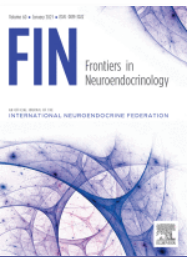Hsien-Ming Wu, Hsun-Ming Chang, Peter C K Leung
Abstract
Extra-hypothalamic GnRH and extra-pituitary GnRH receptors exist in multiple human reproductive tissues, including the ovary, endometrium and myometrium. Recently, new analogs (agonists and antagonists) and modes of GnRH have been developed for clinical application during controlled ovarian hyperstimulation for assisted reproductive technology (ART). Additionally, the analogs and upstream regulators of GnRH suppress gonadotropin secretion and regulate the functions of the reproductive axis. GnRH signaling is primarily involved in the direct control of female reproduction. The cellular mechanisms and action of the GnRH/GnRH receptor system have been clinically applied for the treatment of reproductive disorders and have widely been introduced in ART. New GnRH analogs, such as long-acting GnRH analogs and oral nonpeptide GnRH antagonists, are being continuously developed for clinical application. The identification of the upstream regulators of GnRH, such as kisspeptin and neurokinin B, provides promising potential to develop these upstream regulator-related analogs to control the hypothalamus-pituitary-ovarian axis.
Front Neuroendocrinol. 2021 Jan;60:100876. doi: 10.1016/j.yfrne.2020.100876. (SCI; IF=8.333; Endocrinology and Metabolism 18/146 =12%).




